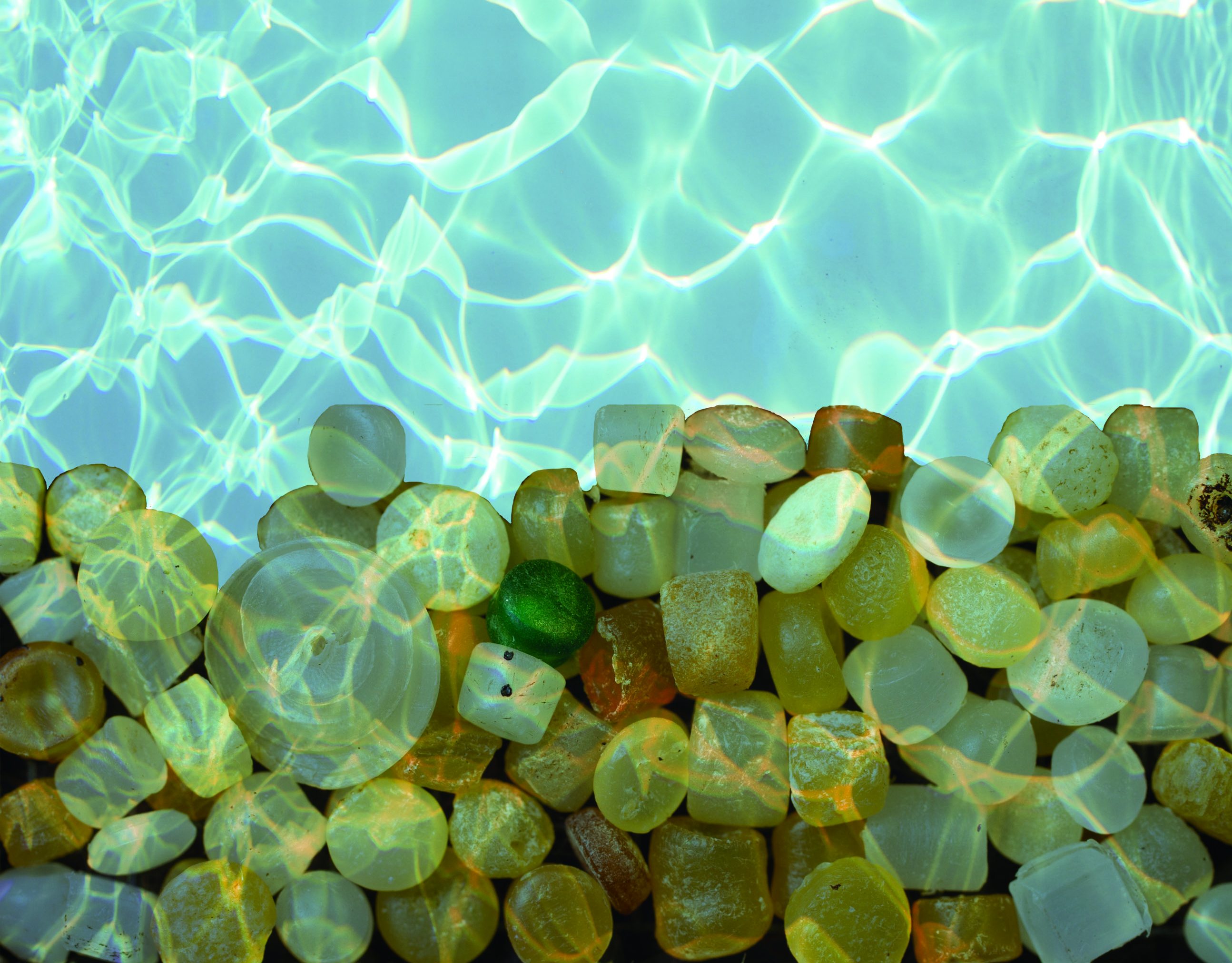
By Lee Anna Sherman
COOS BAY – Lots of people fantasize about appearing on American Idol or Wheel of Fortune. But Oregon Field Guide? Not so much — that is, unless you happen to be Anne Farrell-Matthews and Philip Matthews. Whether they’re heaving bags of oysters around a sandbar or hauling groundwater monitors across a salt marsh, this pair of Oregon Master Naturalists could easily imagine OPB TV host Steve Amen showing up with a video crew. For the Coos Bay couple, joining in on ecosystem science and restoration is that glamorous.
So how is it that this hip couple in their 40s gets all excited about red tree voles, beaver scat and shimmy worms? Why would a general contractor and a graphic designer get up at 5 a.m. to wade around in the muck trying to save native oysters? Why would a pair of avid surfers forego great waves to study physical oceanography and the Cascadia Subduction Zone late into the night?
Partly because the South Slough runs through their veins. Philip tramped these mudflats and salt marshes relentlessly as a kid, his Irish setter Britta beside him. Anne came to Coos Bay later, at 19, from landlocked Denver where her bedroom walls had been plastered with whale posters. Finally, she felt like she could breathe. Together, they’ve explored every twist and tangle of the slough, which became the nation’s first national estuarine research reserve in the 1970s.
The other answer is more cerebral. It has to do with making amends and taking ownership. It has to do with helping to heal the landscape they love, a landscape that has been stressed by overharvesting, pollution and population growth over the past century and a half.
Philip’s motives are particularly personal. “I’m half French, half redneck,” he likes to joke. Describing his mom’s family, the French side of the clan, as “extreme environmentalists,” he hammers home his point by saying, “My uncle once chained himself to City Hall to protect shorebirds from hunters.” It’s his dad’s side for which he’s now making atonement. “My dad came from people who took advantage of the environment — poaching, fishing for salmon with dynamite, some pretty serious abuses of nature,” he explains. “I want to help offset some of the negative stuff.”
Turning the Tide
One August morning just as the sun is displacing the moon, Philip and Anne are skimming across the slough in a skiff with a team of scientists, students and volunteers, all Velcroed into brown neoprene chest waders and slip-proof boots. They set anchor at a spit called Younker Point. Footprints of shorebirds trace trails in the wet sand as the team, working fast against the tide, digs up bundle after bundle of oysters for transfer to a new location as part of a NOAA-funded project led by the South Slough National Estuarine Research Reserve. Restoring native Olympia oysters (Ostrea lurida) to the slough is the project’s long-term goal, and preliminary findings show that the oysters, transplanted from Whiskey Creek Shellfish Hatchery in Tillamook, could survive and grow. But over time, excessive siltation turned out to be a problem at Younker Point, explains Dave Landkamer, an aquaculturist with Oregon Sea Grant, who’s helping with the oyster transfer.
“They’ve been suffocated in silt,” Landkamer says. “You can see by the ripples in the wet sand that there’s too much wave and tidal energy here for good oyster habitat. “
That’s why, after wrestling the mesh bags from the sand’s sucking grip, the team slings them into the skiff and another small boat for relocation. The morning sun is just cresting the treetops as the team speeds toward Long Island Point, a place where ancient shell middens are evidence of long-ago oyster beds. Alongshore, white egrets and blue herons stalk their prey. Cormorants circle overhead. Gulls cry out. A bald eagle rises from the pinnacle of a fir.
Out at the point, the team hurriedly stacks the bags to create a reef of oyster shells in hopes that the “Olys” will settle and spawn. This is just an early stage of longer-term studies. The National Estuarine Research Reserve Science Collaborative, which brings local stakeholders into its research process, is funding the next phase of the investigation. Someday, native oysters may once again be abundant in the South Slough.
Natural Mastery
As the team disembarks back at Charleston Bay’s boat basin, Philip’s face is smudged with mud. Anne is wet to the skin from the saltwater that “topped over” her waders. So it’s more than a little incongruous that their expressions fall somewhere between serenity and ecstasy. Clearly, getting sweaty, soggy and dirty is exactly what they signed up for when they chose to become Oregon Master Naturalists.
“I’m cold and I’m muddy,” Anne says with a huge grin. “And I had a great time!”
Then she adds reflectively: “Estuaries are the nurseries of the planet. If I can contribute in some tiny way to keeping them healthy, that’s what I want to do. After all, this is our own backyard.”
____________________________
Read more about Oregon Master Naturalists in Corps of Discovery.





1 Comment
I really enjoyed reading this article – it is so refreshing to read a well-written, human interest story. I found both Philip and Anne interesting, and look forward to further articles about them. Please note, the link to “Corps of Discovery” page was not found. Is another link available?